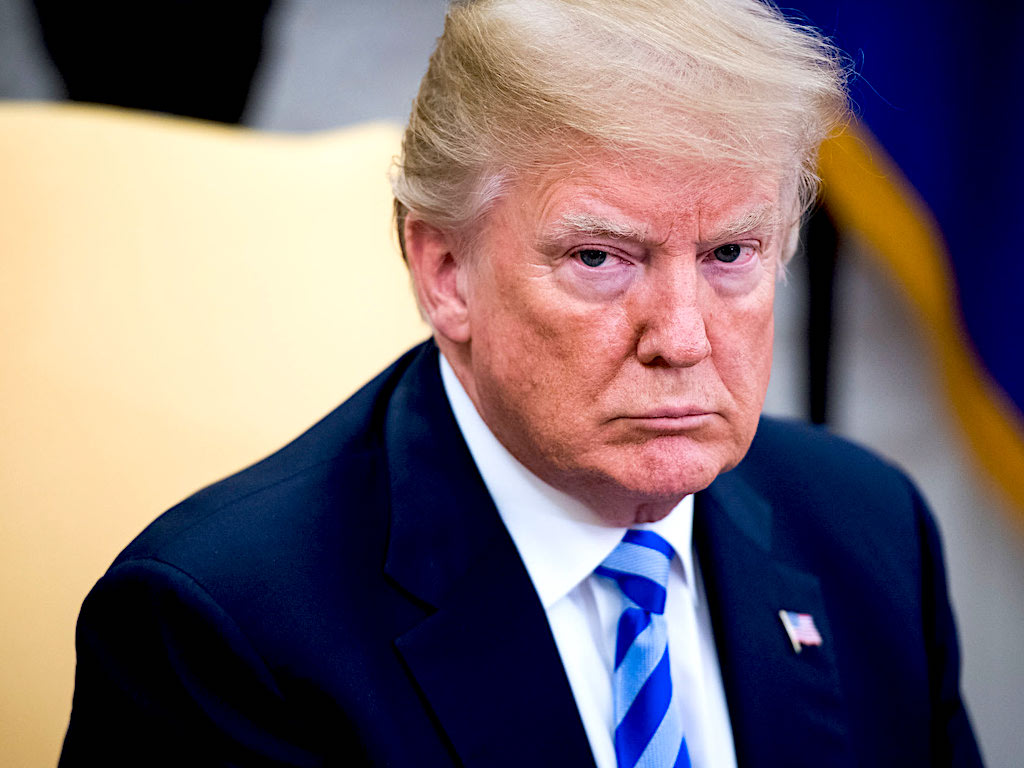4 Mins Read
By: Adrienne Hollis
The Paris agreement threw a lifeline to millions of people of color facing a premature death. Trump is tearing that away, writes Adrienne Hollis, the Senior Climate Justice and Health Scientist at the Union of Concerned Scientists.
It’s official – in 100 days the United States will formally withdraw from the Paris climate agreement. The impact of Donald Trump’s decision, taken three years ago, is already being felt by environmental justice communities.
Racism is the driving force behind why certain people and places face disproportionate environmental exposure to toxic substances, adverse climate change effects, Covid-19 infections and deaths. This raises the question: was withdrawing from the Paris agreement also a racist decision? How will this morally incomprehensible policy change affect Black, Latinx, Indigenous and other communities of color?
The United States will join a tiny proportion of the world’s countries that reject, or have failed to ratify, the Paris agreement.
Its overarching purpose is to reduce global warming emissions and thus keep the global average temperature rise to well below 2C and as close to 1.5Cs as possible – levels that aim to avoid some of the worst climate change impacts.
After the US withdrawal was announced, I participated on a group call to identify spokespeople knowledgable on the economic consequences of the US withdrawal. No one mentioned the impact on people, particularly people of color. I pointed out this oversight again on the call with the reporter but quickly realized they weren’t interested.
This raises the question: was withdrawing from the Paris agreement also a racist decision? How will this morally incomprehensible policy change affect Black, Latinx, Indigenous and other communities of color?
Adrienne Hollis
But I am.
The ramifications of the Paris agreement withdrawal on vulnerable populations is at the heart of the matter.
Nobody in the Trump administration asked communities what withdrawing from the Paris agreement would mean for their futures. For one thing, US withdrawal could mean premature death for millions of people living in environmental justice communities.
The Environmental Protection Agency found that transportation, energy use and industry contribute most significantly to production of heat-trapping emissions. And it’s people of color and Indigenous communities that are disproportionately affected by this environmental pollution.
According to a 2018 Quartz article by Bartees Cox, communications director at Groundswell, black people are more likely than white people to live near landfills and industrial plants. Additionally, more than half of the 9 million people currently living near hazardous waste sites are people of color. A New England Journal of Medicine study found that black people are three times more likely to die from exposure to air pollutants than white people. And yet, the Trump administration moved forward with their decision to withdraw from the Paris agreement.
The good news is that, despite this administration’s refusal to join worldwide efforts to reduce global warming emissions, there is still climate action occurring in the United States. According to the United Nations Foundation, at least 24 states and Puerto Rico have joined the US Climate Alliance, an organization focused on supporting and realizing the Paris agreement mission. Currently, US Climate Alliance membership represents 55% of the US population, 40% of US heat-trapping emissions, and an $11.7tn economy – enough to make it the third-largest economy in the world if it were a country. In addition, according to the Fourth National Climate Assessment, some states, local governments and private-sector businesses have voluntarily pledged to reduce emissions in line with the goals outlined in the agreement.
So, ask yourself: if the first group of people in the US to truly benefit from efforts to decrease global warming emissions by participating in the Paris agreement are people of color, what else can we call this but environmental racism and willful neglect?
Adrienne Hollis
The bad news is that current pledges aren’t enough to reduce emissions in line with the goals of the Paris agreement. There is also not enough being done to create communities that are resilient in the face of unavoidable climate change impacts. Currently, because of the climate crisis, we continue to see growing global warming emissions, rising sea levels, chronic flooding, extreme heat, intense drought, worsening wildfires and hurricanes, devastating food shortages and other negative impacts that affect environmental justice communities around the world first and worst. If we fail to stay within the parameters set in the Paris agreement, severe climatic events like these will only get worse.
People are losing their homes, their jobs and most importantly their lives. Not everyone can afford to pay higher electric bills when temperatures soar. The novel coronavirus pandemic has also made access to cooling centers during a heatwave or evacuation centers during a hurricane even more challenging. Not everyone has equal access to quality healthcare, something the pandemic has laid bare in the way Covid-19 patients are treated (or not). In addition, studies have recently emerged about the possible connection between particulate matter and Covid-19.
So, ask yourself: if the first group of people in the US to truly benefit from efforts to decrease global warming emissions by participating in the Paris agreement are people of color, what else can we call this but environmental racism and willful neglect?

This story originally appeared in The Guardian and is republished here as part of Covering Climate Now, a global journalistic collaboration to strengthen coverage of the climate story.
Lead image courtesy of Jabin Botsford / The Washington Post / Getty Images.



